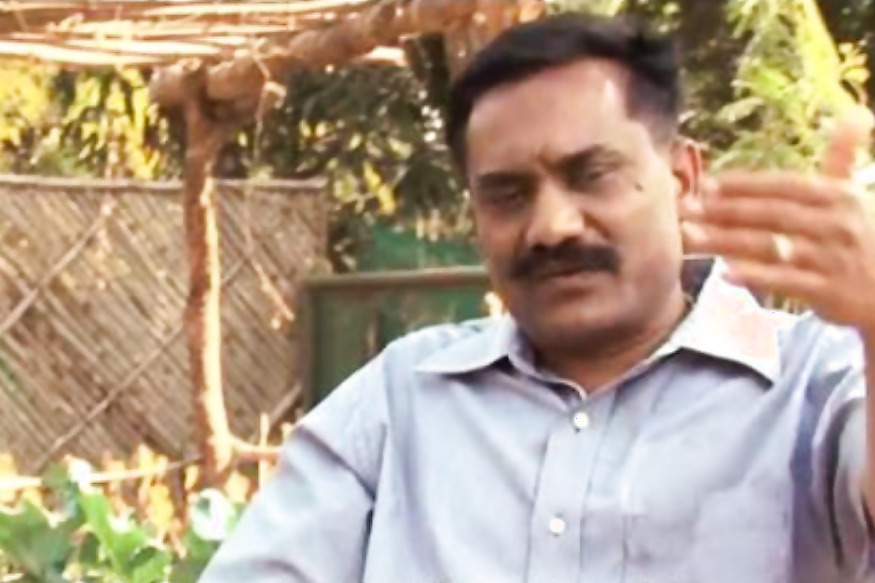
views
When Pop Singh, a farmer in Dewas, Madhya Pradesh, went to a bank to apply for a loan to dig a pond over a decade ago, he was “literally thrown out”. No one, possibly in India, had ever sought a bank loan to dig a pond. But Singh’s story and that of thousands of farmers like him in the state are now part of folklore.
And, that’s not without a reason. In the past decade, Dewas has transformed from a parched landscape, with daily existence being boiled down to an elemental struggle for water, to a flourishing economy and farms with high yields.
It all began with Umakant Umrao, former district collector and a graduate from IIT Roorkee, who began digging ponds at farms in Dewas in a bid to conserve water. Today, the district boasts of over 15,000 such ponds, varying from a few feet wide to others that are spread over 60-80 acres.
The result: an over 20-fold increase in irrigated land — from 18,000 hectares to over 4 lakh hectares and villages lined with signs of prosperity ranging from pucca houses to posh automobiles, a thousand functional tube wells that had been dry for decades and digging of ponds turning into a profession.
Migratory birds like Siberian cranes and butterflies fill the skies, while many have taken to naming their shops and godowns after their beloved Jaladhish (district collector).
However, initially, many were not convinced. “The first farmer (Pop Singh) who went to apply for loan on my recommendation was literally thrown out of the bank,” said Umrao and claimed that the officials had later explained that no bank had offered a loan for digging a pond in the country till then.
Finally, another bank agreed to offer the loan on a prime lending rate of around 17-18 per cent. And, in a few years, Singh, who owned 140 bigha of land, saw his income increase from a few thousand to Rs 30/40 lakh a year.
The pond he dug effectively ended water scarcity in the area and after seeing the model work, farmers adopted it in large numbers in successive years. As word spread, farmers from nearby districts like Mandsaur, Vidisha, Raisen, Ratlam and Ujjain also adopted the model.
As district collector, Umrao knew that paucity of water was the underlying problem to the woes of farmers here. The officer, who had argued for the need for innovation in health and education, sought to find a sustainable model that would not just end the woes of the farmers, but also create a practical and profitable model that they wouldn’t hesitate from implementing.
“Being a farmer’s son and a civil engineer who had studied economics, all this came in handy while I was devising a scheme for the farmers,” he told News18.

Former district collector Umakant Umrao explains how the easiest way to solve the water crisis was to dig ponds and encourage rain-water harvesting.
By calculating the need of water required in each farm depending upon the size, the officer had mooted a proposal of digging up ponds in individual farms to store rainwater. The design of the farm ponds also went into considerable lengths to ensure that it remained a simple and cost-effective process.
The initial focus, Umrao said, was to convince big farmers who used 90 per cent of the water available in the region and thus, helping them recharge water was the swiftest way to conserve ground resources. Also, these farmers had the extra advantage of being in a position to invest big and create a role model for smaller and marginal farmers.
The idea was to ensure that these ponds could supply water till the end of January, when the most irrigation was needed. “It also helped keep us ponds small and cut the cost as farmers did not need water post-January. Devising a standard size for ponds, we advised the farmers to dig ponds that were between a 10th or 20th of their farm’s size,” he said.
Farmers had begun with small ponds, while continuously deepening them over the years and since then, many have turned into reservoirs.
“I call it a business model of water conservation,” he said, adding, that at the time of launching the project, they consciously rejected a slogan on the lines of ‘Jal Bachao – Jivan Bachao’.
“I was aware that 92% of rainwater was used in earning profits i.e. irrigation, so unless profitability was attached to the project, it was unlikely to be adopted by farmers. So we used ‘Jal Kamao, Laabh Kamao’, so that people adopt this model on their own.”
“Keeping cost cutting in mind, I had made sure the investment of the farmers put in for digging ponds returned in two or two-and-a-half years. The scheme helped farmers take three crops instead of one and also the farm pond helped them recharge groundwater,” he said, adding that these ponds further helped farmers fight droughts.
Since then, Umrao has been invited to drought-prone Bundelkhand in Uttar Pradesh and Marathwada in Maharashtra to help locals with his idea, while several districts, including Latur and Chandrapur, have already adopted his model.
The Madhya Pradesh government, meanwhile, has adopted the project and named it the Balram Talab Yojana. The earlier project was named Bhagirath Krishak Abhiyan, while ponds were called Reva Sagar, the word ‘reva’ derived from the Narmada river.
It was selected by the United Nations as one of the best three water management practices globally in 2011-12. Even Prime Minister Narendra Modi had applauded the Dewas model during his Mann ki Baat in 2016.
“This was perhaps the biggest community-driven water conservation scheme in the world and seeing an entire region prosper gives me a different kind of satisfaction,” he said.




















Comments
0 comment